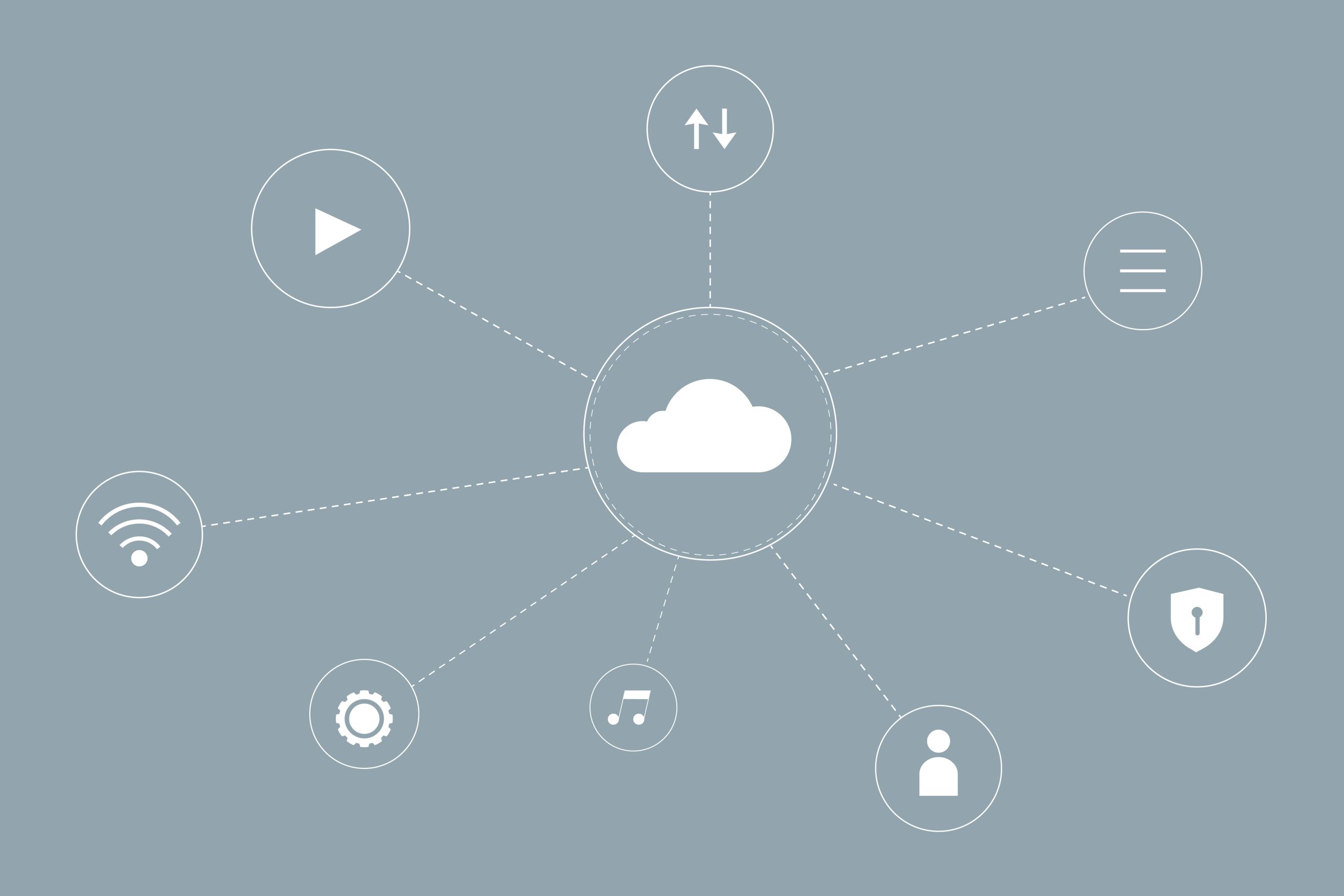
7 Common Cybersecurity Threats and How to Defend Against Them
The rapid advancement of technology, with innovations like AI, cloud computing, and machine learning, holds immense potential. However, it is crucial not to ignore the escalating threat from hackers and cybercriminals. Over the years, numerous reports have highlighted the damage caused by cyberattacks to organizations.
Cybersecurity breaches impact businesses in various ways, affecting their networks, tools, processes, and data. This results in significant financial losses and missed opportunities. However, the ongoing evolution of the internet and digital technology is also reshaping businesses, rendering them more resilient against cybercriminals’ efforts.
Let’s explore the 7 costly cybersecurity threats prevalent today and the steps an organization can take to prevent them.
Phishing
Phishing scams are a type of cybercrime where scammers use social engineering techniques to trick people into divulging sensitive information such as login credentials, credit card numbers, or other personal information. These scams have become increasingly sophisticated, making it harder for people to spot them. Here are seven of the most common techniques cybercriminals use to pull off phishing scams today:
Spear phishing: This is a targeted form of phishing aimed at specific individuals or organizations. Cybercriminals use information they’ve gathered about their targets from social media and other sources to make their phishing emails seem more convincing.
Smishing: This is a type of phishing that uses text messages instead of email. Scammers send text messages that contain a link to a fake website or a phone number to call.
Vishing: This is another type of phishing that uses phone calls instead of email or text messages. Scammers call their victims and pretend to be from a trusted organization, such as a bank, and ask for sensitive information.
Fake websites: Cybercriminals create fake websites that look like legitimate ones to trick people into entering their login credentials or other personal information.
Malware: Phishing emails can contain malware that infects a user’s computer or mobile device when they click on a link or download an attachment. Once installed, the malware can steal sensitive information or take control of the device.
Urgent requests: Scammers often create a sense of urgency in their phishing emails, making it seem like the recipient needs to act quickly to avoid consequences, such as having their account suspended.
Spoofing: This is a technique where scammers make their emails or websites look like they’re coming from a trusted source. For example, they might use a domain name that’s similar to a legitimate one, such as “g00gle.com” instead of “google.com”.
It’s important to be vigilant and cautious when receiving emails or messages asking for sensitive information. Always double-check the sender’s email address or phone number, and never click on links or download attachments from unknown sources. If you’re unsure whether an email or message is legitimate, contact the organization directly using a verified phone number or email address.
Social Engineering:
Social engineering involves manipulating individuals into divulging confidential information through psychological manipulation. These attacks exploit human psychology and trust, making employees the first line of defense. Techniques include manipulation, deception, and impersonation.
Here are five steps that organizations can take to protect themselves from social engineering threats:
Security Awareness Training: Organizations should conduct regular security awareness training for their employees to educate them about the latest social engineering tactics and how to avoid them. This training can include examples of phishing emails, phone scams, and other social engineering attacks, as well as best practices for identifying and reporting suspicious activity.
Multi-Factor Authentication: Multi-factor authentication is a security measure that requires users to provide two or more forms of authentication to access a system. This can include a password, a PIN, or a biometric factor such as a fingerprint or facial recognition. By requiring multiple forms of authentication, organizations can reduce the risk of social engineering attacks that rely on stolen credentials.
Security Policies and Procedures: Organizations should establish security policies and procedures that outline best practices for protecting sensitive data and systems. These policies should include guidelines for password management, data classification, and access control, as well as procedures for reporting security incidents and responding to them.
Regular Security Audits: Regular security audits can help organizations identify vulnerabilities in their systems and processes. These audits can include penetration testing, vulnerability scanning, and other assessments to identify potential weaknesses that could be exploited by social engineering attacks.
Employee Vetting: Organizations should conduct thorough background checks on all employees before hiring them. This can include criminal background checks, reference checks, and other due diligence to ensure that employees do not have a history of criminal activity or other behaviors that could put the organization at risk.
By implementing these five steps, organizations can significantly reduce the risk of social engineering attacks and protect their sensitive data and systems from compromise.
Ransomware:
Ransomware encrypts data and demands a ransom for its release. Prevention measures include regular data backups, up-to-date security software, and employee training to recognize and avoid suspicious email attachments.
Here are some measures an organization can take to protect themselves from ransomware:
Regularly update software and security systems to identify and prevent vulnerabilities that can be exploited by ransomware.
Train employees on how to identify and avoid phishing emails, which are a common way for ransomware to infiltrate systems.
Backup all important data regularly and store it offsite or in the cloud to ensure access in case of a ransomware attack.
Implement access controls to limit the spread of ransomware in the event that a system is compromised.
Consider investing in ransomware insurance to mitigate potential financial losses in the event of an attack.
Ransomware remains a significant and lucrative threat for organizations, making it a top concern in cybersecurity today.
Zero-Day Vulnerabilities:
Zero-day vulnerabilities are unpatched software vulnerabilities that attackers exploit. Preventive measures involve prompt software updates and patch management, as well as intrusion detection systems to detect and respond to emerging threats.
To protect against zero-day vulnerabilities, users and organizations should:
Keep their software and operating systems up to date with the latest patches and updates.
Install and regularly update anti-virus and anti-malware software.
Use a firewall and a network security solution to monitor and block suspicious traffic.
Train employees on safe browsing habits, phishing scams, and how to avoid downloading and installing malicious software.
Insider Threats:
Insider threats arise from individuals within the organization who, knowingly or unknowingly, pose risks. Mitigation strategies include implementing strong access controls, monitoring user activities, and fostering a positive organizational culture to reduce the likelihood of insider threats.
To protect against insider threats, an organization can take these steps:
Limit access to sensitive information and resources.
Implement strict password policies and authentication protocols.
Conduct thorough background checks and regular security training for employees.
Monitor and analyze employee behavior and network activity for suspicious actions.
Develop a clear incident response plan to quickly address and mitigate any potential insider threats.
Malware
Malware is a type of software that is designed to harm or infiltrate computer systems without the user’s knowledge or consent. It includes a variety of malicious programs such as viruses, worms, trojan horses, ransomware, and spyware, among others. Malware can be spread through infected email attachments, malicious websites, or even through physical media such as USB drives. Once installed, malware can cause a variety of problems, including data theft, system damage, and the installation of additional malware. To protect against malware, it is important to keep software and operating systems up to date, use antivirus software, and avoid opening suspicious emails or downloading files from unknown sources.
Here are some of the most common forms of malware:
Viruses: A computer program that can self-replicate and spread by inserting its code into other programs.
Trojans: Malware that disguises itself as a legitimate program, but when executed, it can perform harmful actions.
Ransomware: Malware that encrypts the victim’s files and demands a ransom in exchange for the decryption key.
Adware: Malware that displays unwanted ads or pop-ups on the victim’s computer.
Spyware: Malware that collects sensitive information about the victim without their knowledge or consent.
Worms: A self-replicating malware that spreads across networks and computers by exploiting vulnerabilities.
Supply Chain Attack
A supply chain attack is a cyber-attack that targets a company’s suppliers or vendors in order to infiltrate the company’s systems or steal sensitive information. This type of attack can be difficult to detect and prevent, as it often involves exploiting vulnerabilities in third-party software or hardware. It is important for companies to carefully vet their suppliers and implement strong security measures to protect against these types of attacks.
To protect against supply chain attacks, an organization should:
Conduct thorough background checks on all suppliers and vendors.
Implement multi-factor authentication for all supply chain partners.
Regularly monitor and audit all supply chain activities.
Develop and maintain a comprehensive incident response plan.
Enforce strict access controls and limit privileges for supply chain partners.
Maximize your business security with Wragby Security Solutions
Organizations today face all kinds of cyber security threats. However, for every threat, there are ways to possibly mitigate the threats and even protect computer systems, networks, and data. One way to protect an organization from all these threats is to use a holistic cybersecurity solution provider such as Wragby.
With Wragby you can operate your business with peace of mind with the assurance that your data is safe.
To know more about how we can be of help, Get in touch with us Today.



Leave a Reply